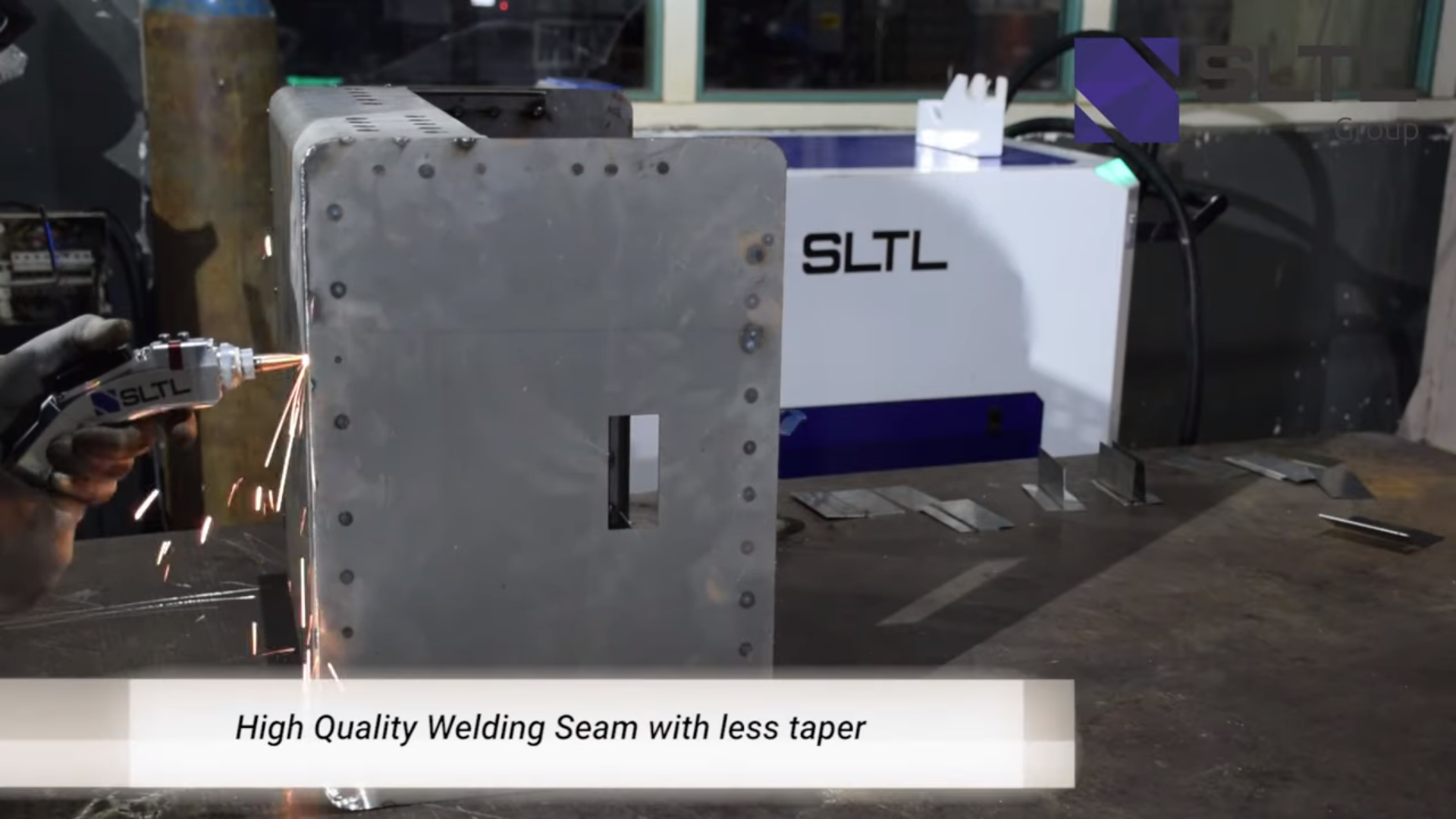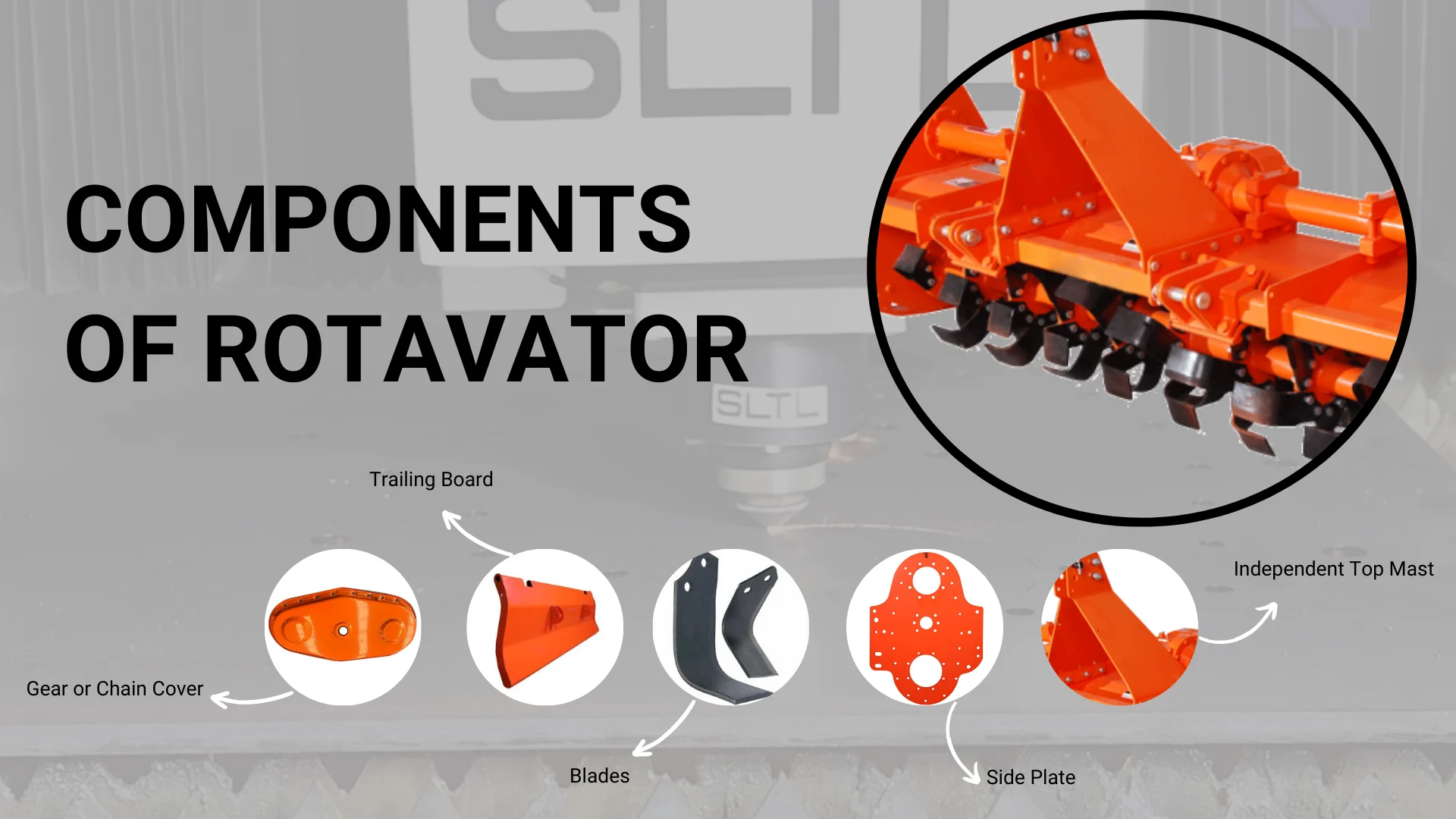This document delves deeper into the transformative potential of higher acceleration in 20,000-watt fiber laser cutting with oxygen auxiliary gas for 10mm mild steel. The analysis presented goes beyond just speed; it explores the significant impact on productivity, energy consumption and environmental footprint.
The Efficiency Edge of Higher Acceleration
The study compared the performance of 1.5G, 2G, and 3G acceleration in fiber laser cutting. Using the Rotavator Side Gear Cover, a crucial component in the agricultural industry, the research undeniably demonstrates that higher acceleration reigns supreme.
Unleashing Production Powerhouse
The true strength of higher acceleration lies in its ability to boost productivity. The analysis revealed that compared to a 1.5G machine, a 2G machine produced a staggering 6677 more Rotavator Side Gear Covers in a year. This translates to significantly higher output and the ability to fulfil larger orders within tighter deadlines. Furthermore, a 3G machine takes this a step further, generating a phenomenal 8427 more components annually compared to the 1.5G counterpart. This translates to a massive leap in production capacity, allowing businesses to scale new heights.
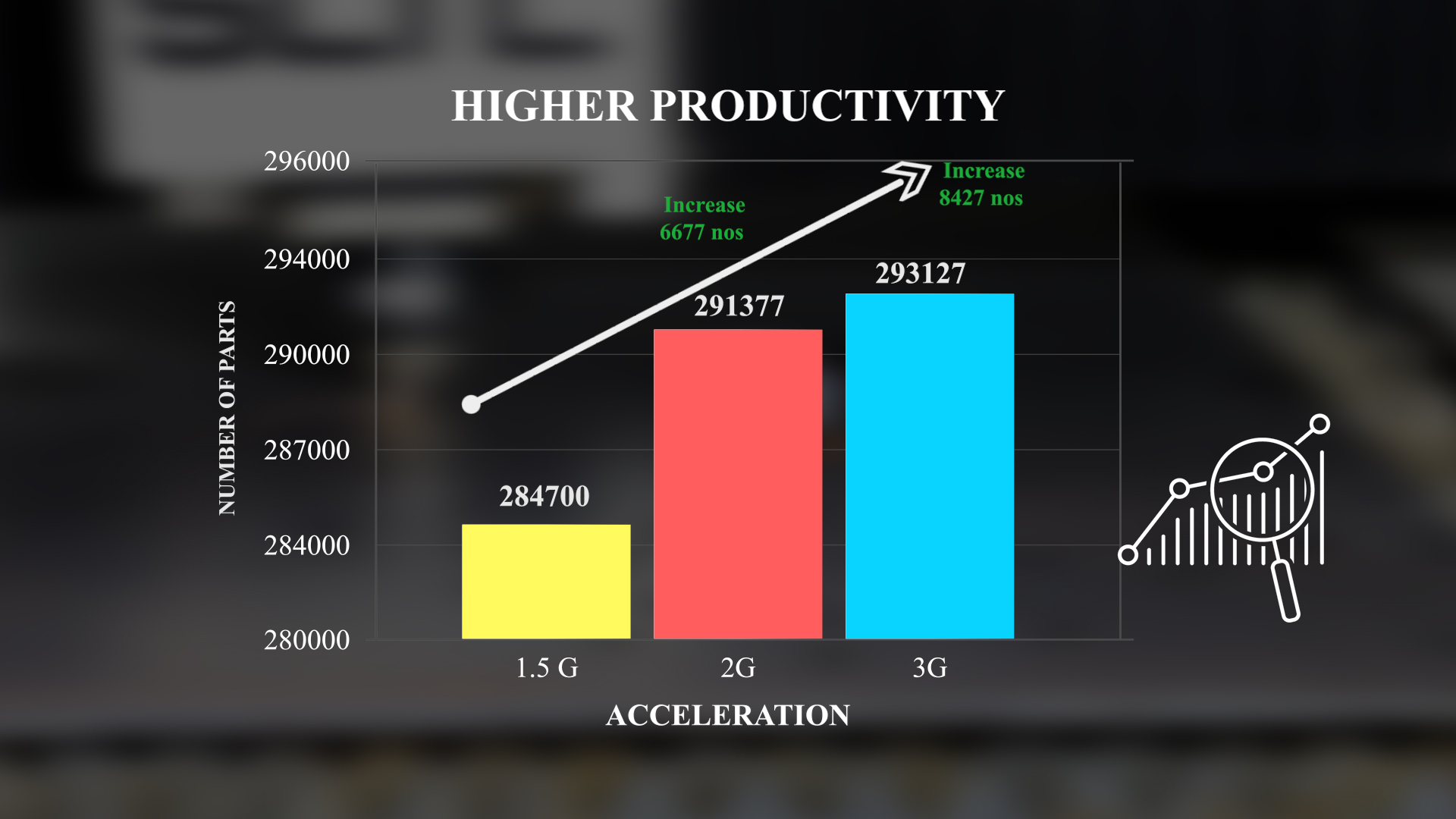
Optimizing Energy Consumption: A Sustainable Approach
The benefits extend beyond speed. Higher acceleration brings remarkable improvements in energy efficiency. The study highlights that a 2G machine, when compared to a 1.5G machine, consumes a significantly lower 6183 kWh of energy over a year for the same production volume. This translates to substantial cost savings on electricity bills. Even more impressive is the performance of the 3G machine, which exhibits a staggering 12046 kWh reduction in energy consumption compared to the 1.5G model. This translates to a lighter environmental footprint and aligns with the growing focus on sustainable manufacturing practices.
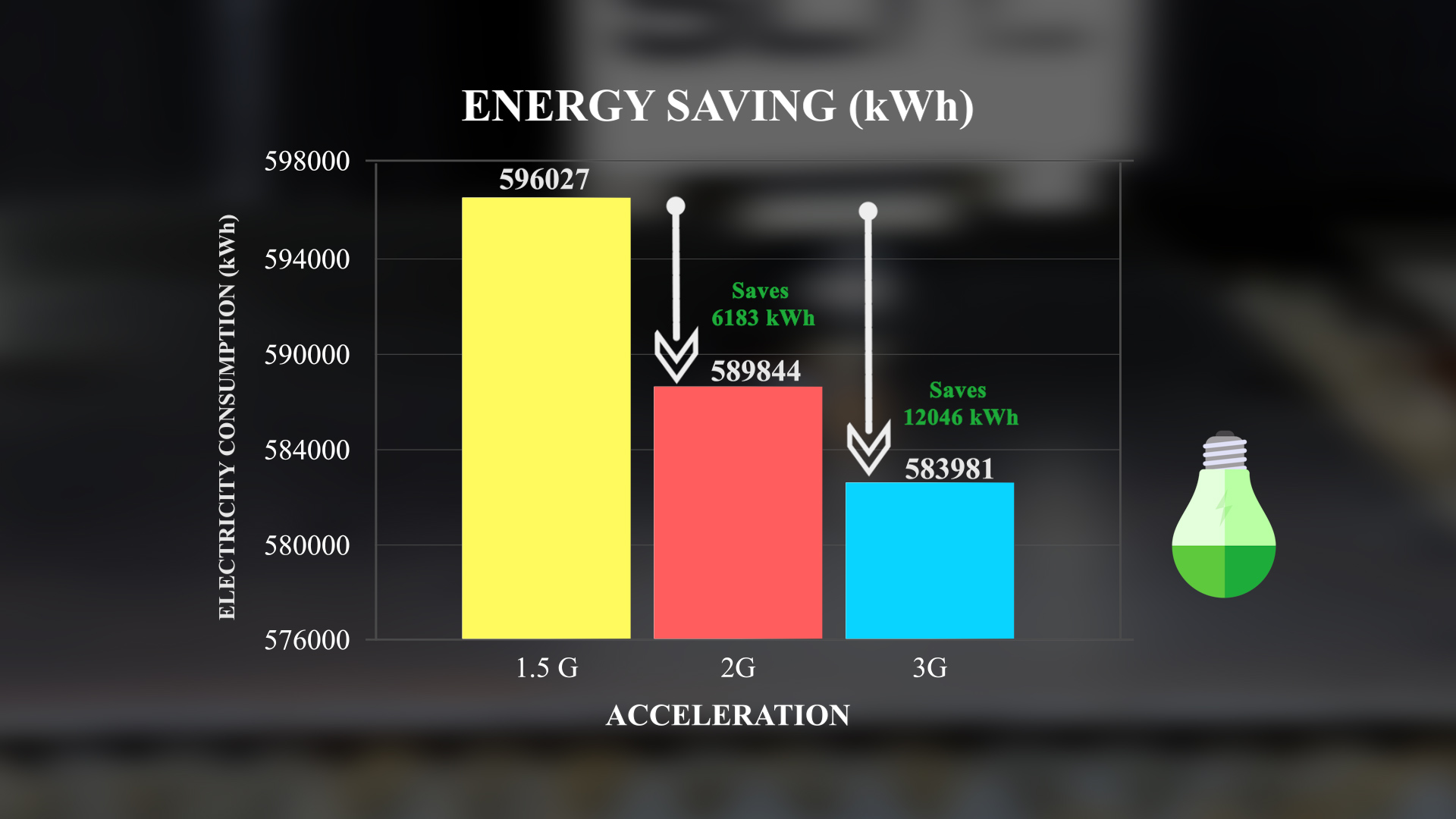
Reducing Gas Consumption: A Cost-Effective Advantage
Higher acceleration machines also demonstrate a clear advantage in terms of gas usage. The analysis revealed that a 2G machine, when compared to a 1.5G machine, saved a remarkable 72139 litres of gas over a year. This translates to significant cost savings on consumables and improved operational efficiency. The 3G machine builds upon this advantage, achieving an even greater gas savings of 140552 litres compared to the 1.5G model. This not only reduces operating costs but also minimizes the environmental impact of the cutting process.
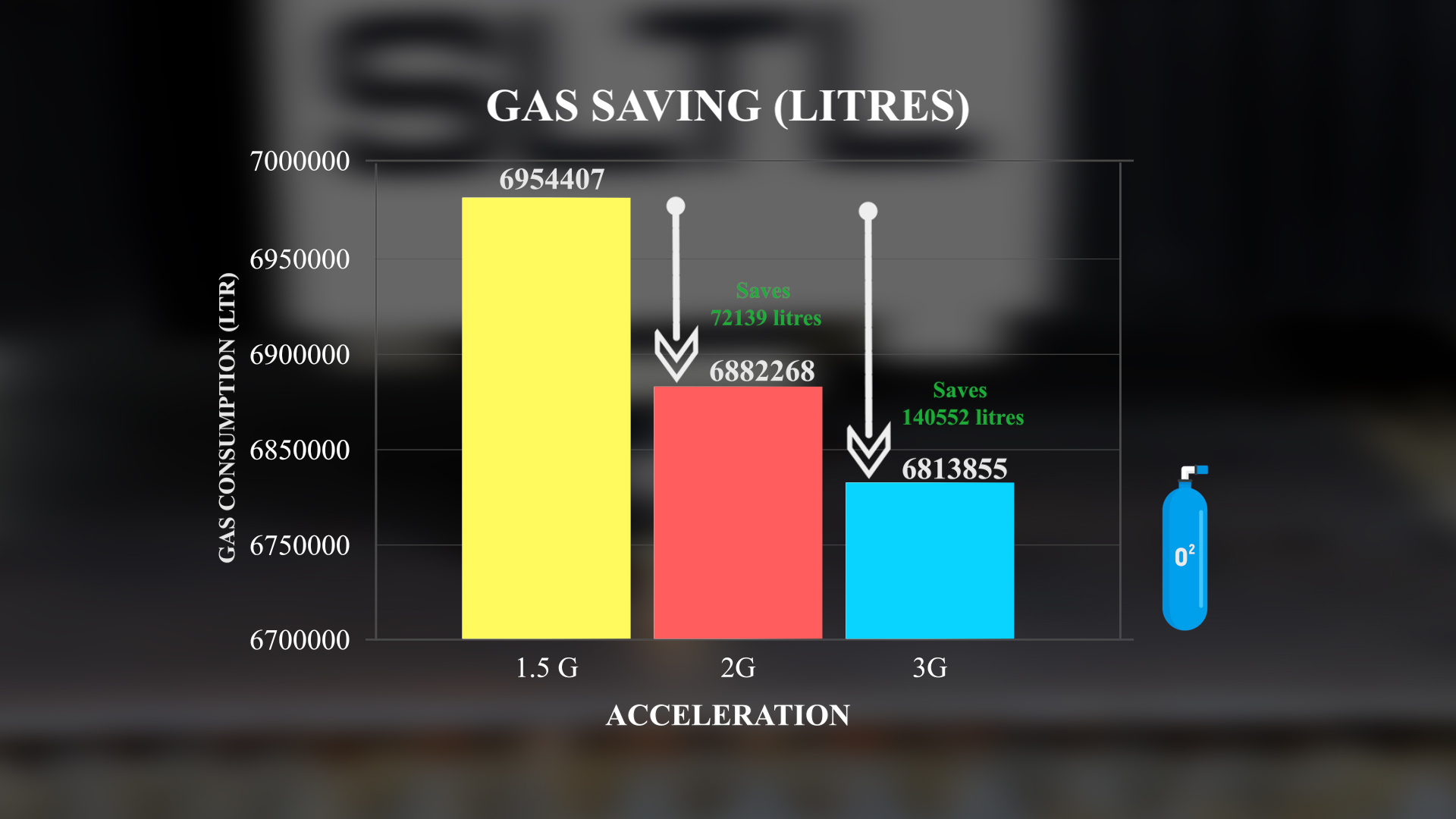
A Global Revolution: Higher Acceleration for All
The benefits of higher acceleration are not limited by geographical location. Whether you operate in a bustling metropolis or a serene rural setting, this cutting-edge technology can revolutionize your operations. From bustling New York City to the tranquil landscapes of Singapore, Algeria, or Zimbabwe, SLTL higher acceleration offers a global game-changer accessible to all businesses.
Beyond Technology: A Transformation Partner
SLTL Group recognizes that true progress lies in transformation, not just the implementation of technology. Our state-of-the-art laser cutting systems, equipped with the power of higher acceleration, unlock the full potential of your business. This technology is not confined to a single industry; it can benefit those in sheet metal fabrication, agriculture, railways, transportation, and a multitude of other sectors.
Embrace the Future: Join the Higher Acceleration Revolution
Don’t wait to experience the transformative power of higher acceleration. Visit www.SLTL.com or contact us at +91 992-503-6495 to learn more about how this innovative technology can elevate your business. By embracing higher acceleration, you can unlock a future where efficiency, sustainability, and innovation go hand in hand. Let SLTL Group be your partner on this journey to peak productivity. Together, we can shape a future that prioritizes efficiency, minimizes environmental impact, and fosters continuous innovation.

